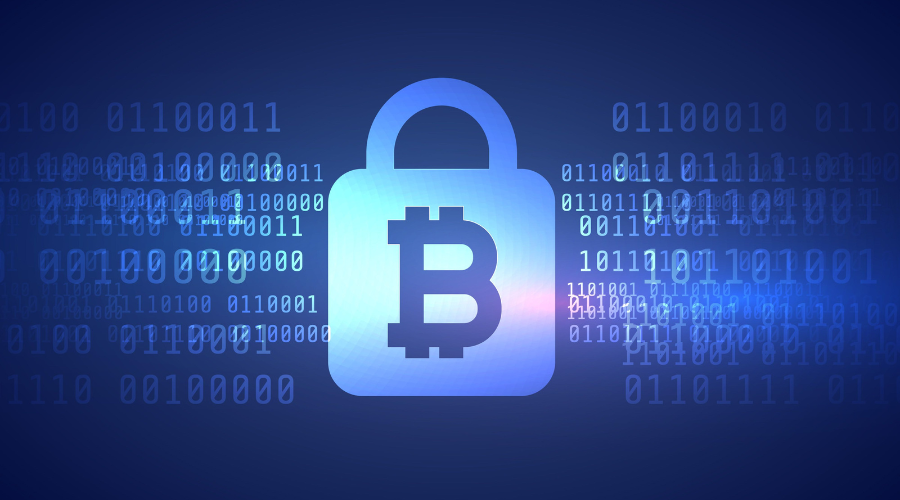We’ve spent the last few decades building our trust in traditional cryptographic models. Public key infrastructure (PKI), symmetric key algorithms, and TLS have all played starring roles in securing communications, protecting sensitive data, and enabling everything from online banking to VPNs.
But the conversation is shifting. We’re hearing increasingly from security leaders that “the old models can’t keep up.” According to a 2023 report by Thales, 52% of organizations have experienced a data breach in the cloud, and 44% say their encryption strategy isn’t keeping pace with current security challenges. Simultaneously, the adoption of end-to-end encryption (E2EE) is expanding. For instance, Meta announced plans to implement E2EE across its Messenger and Instagram platforms by 2024, aiming to enhance user privacy and data security.
In this blog post, let’s break down: Is end-to-end encryption (E2EE) becoming the new standard, or is it just another tool in the evolving cryptographic toolbox? And more importantly, are traditional cryptographic models truly being replaced, or are they being reimagined?
The limits of traditional cryptography
We still see many companies relying heavily on perimeter-based security. Legacy PKI setups, server-side TLS, and key distribution models assume a lot about control: that devices are fixed, that networks can be trusted, and that centralized trust hierarchies are sustainable. But that trust is eroding fast. The rise of distributed systems and zero-trust architectures means we can no longer assume the network is safe.
In traditional models:
- Encryption often only secures data in transit or at rest, not necessarily throughout its lifecycle.
- Central key management becomes a bottleneck and a single point of failure.
- Trust is granted to intermediaries, like cloud platforms or service providers.
And here’s the kicker: in systems with increasing intelligence (think IoT or edge computing),
Central authority and static trust just don’t scale.
Enter end-to-end encryption: A shift in trust
We’re now seeing a strong pivot toward end-to-end encryption (E2EE), especially in consumer and messaging apps. But its adoption is expanding into enterprise applications, too, and for good reason.
With E2EE, data is encrypted on the sender’s device and only decrypted on the receiver’s device, meaning no intermediaries, not even the service provider, can access the raw data. That fundamentally changes the trust equation. This shift is being propelled by mounting regulatory pressure from laws like GDPR, HIPAA, and CCPA, the growing sophistication of threat actors exploiting centralized trust models, and rising customer demand for privacy-by-default experiences. Many organizations are also realizing that trust is now a competitive advantage, not just a compliance requirement. Still, E2EE is no silver bullet.
E2EE’s new challenges
E2EE isn’t always plug-and-play. There are situations where implementing E2EE can slow down collaboration tools, break search functionality, or complicate support workflows. And key management becomes a lot trickier. In traditional models, IT controls the keys. In E2EE, keys are often decentralized or even user-held. That’s a feature, but it’s also a headache.
The UX tradeoffs are real:
- You can’t easily scan or moderate encrypted content.
- Features like server-side search, filtering, or analytics often require workarounds like client-side computation.
- If a user loses their key and you’re doing true E2EE, that data may be gone forever.
Still, many companies are choosing to absorb these challenges because the benefits of trust, privacy, and compliance are worth it.
Beyond E2EE: Emerging cryptographic models
What’s more exciting is the innovation happening beyond just E2EE. We’re seeing a wave of cryptographic techniques designed for the decentralized, hyper-connected systems of today and tomorrow.
Homomorphic encryption
This allows computation on encrypted data without decrypting it. Imagine being able to run analytics on sensitive healthcare data without ever exposing the raw info. It’s still computationally expensive, but it's gaining ground in privacy-focused industries like finance and healthcare.
Zero-knowledge proofs (ZKPs)
These let one party prove knowledge of a secret without revealing the secret itself.
Startups are using ZKPs in identity verification and blockchain projects to prove user authenticity without exposing user data.
Attribute-based encryption (ABE)
Here, access to encrypted data is based on attributes (roles, departments, clearance levels) rather than just identity. This model scales better for distributed environments like cloud or IoT, where device-level policy enforcement is tough.
Post-quantum cryptography
With quantum computing looming, NIST’s work on post-quantum algorithms is becoming relevant. Some security teams are already testing quantum-resistant encryption alongside classical models to future-proof systems.
Is E2EE replacing traditional models?
Not quite. It’s more accurate to say end-to-end encryption is augmenting traditional models and, in many use cases, even superseding them. E2EE is quickly becoming a default expectation in messaging, collaboration, and personal data tools. But its influence is reaching far beyond that, reshaping enterprise architecture itself. At the core of this evolution is a shift in trust architecture.
We’re moving away from a model where trust is centralized, keys are managed server-side, and security ends at the network perimeter. Instead, we’re entering a world where trust is decentralized, keys are user-controlled or federated, and encryption is persistent and portable. That’s why many organizations are moving from a “secure the network” mindset to a “secure the data itself” mindset, and that’s precisely where E2EE, zero-knowledge proofs, and other emerging cryptographic models are proving their value.
Beyond traditional encryption
Traditional cryptography isn’t obsolete, it’s just not enough on its own anymore. We need cryptographic models that match the reality of modern systems: mobile-first, AI-enabled, privacy-sensitive, and globally distributed. And yes, that often means end-to-end encryption. But more broadly, it means rethinking how, where, and why we encrypt, and who we trust to do it. That includes embracing decentralized trust, reworking legacy assumptions, and adopting newer techniques that prioritize long-term resilience, data autonomy, and compliance by design, not just performance or convenience.





